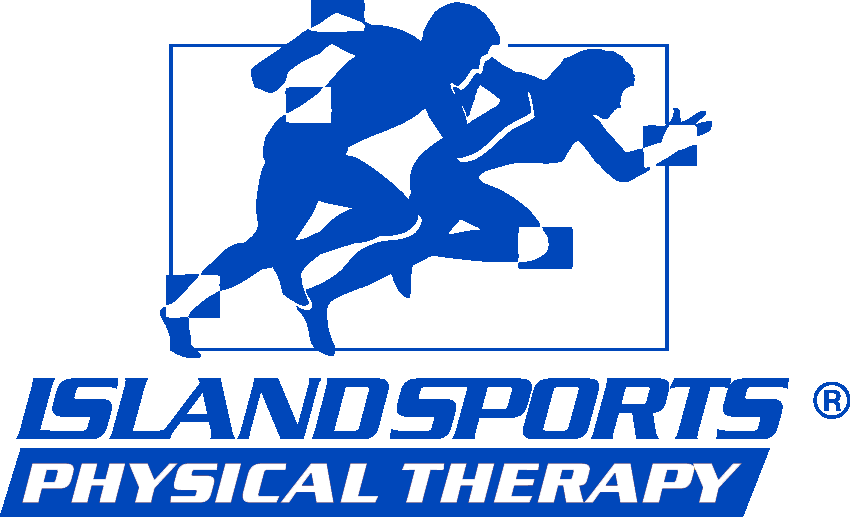Physical Therapy Post-Debridement
Have you ever experienced knee pain that just doesn’t seem to go away? It might be time for you to consider knee debridement. When the body experiences a severe wound or a deeply torn tissue, the healing process is interrupted. In order to help the healing process along, medical professionals have to remove the ineffective tissue, which is known as debridement. There are a few different types of debridement that doctors can use:
- Surgical– A surgeon cleans the wound, examines the debris or dead tissue, and removes it
- Mechanical– using dressings or water techniques to clean the wound
- Autolytic– using the body’s own enzymes and moisture
- Enzymatic– using chemical enzymes in a topical ointment to remove the ineffective tissue or debris
Although many times debridement is used for severe wounds or torn tissue, it has also been seen to work for knee pain, such as arthritis. For knee pain, doctors use arthroscopic surgical debridement. Using this technique for knee arthritis is seen to yield a faster recovery rate and can relieve more pain than other treatment options. This is why Island Sports Physical Therapy in Huntington, NY encourages patients to consider this form of treatment in regards to knee issues.
Which technique is best for me?
Debridement is not a one size fits all kind of procedure. When choosing what technique to apply, you’ll have to consider the following factors:
- the size of the wound
- the type of wound it is (acute vs. chronic)
- overall health conditions
Talk to a medical professional to help you decide which kind of debridement may be right for you. If you do undergo knee debridement, Island Sports Physical Therapy in Huntington, NY, can assist you throughout the healing process.
What happens after?
After the procedure is done, it is likely that you will experience some pain and swelling around the area. Fortunately, this should only last a few days, but the healing process depends on the severity of your wound. Your doctor will likely recommend that you take care of yourself at home by following these instructions:
- Lots of rest
- Avoid activities that will put extra stress on you
- Make sure you are keeping pressure off of the would
- Maintain a well-balanced diet
- Take any antibiotics prescribed by your doctor as directed
- If you were previously taking any medications, make sure it is safe to start taking them again
How can Physical Therapy in Huntington, NY help?
Research has found that physical therapy can be a huge advantage for those recovering from wound care. Due to the therapist’s familiarity with tissue repair, mobility, and other modalities that aid in the healing process. When you visit a physical therapist post debridement, they will first start by giving you a multisystem evaluation in order to determine what the next step is. From there, they will be able to come up with a personalized care plan for your needs. A huge part of treating patients who have just gone through debridement is assessing their mobility. Getting them back to their normal functioning is one of the ways physical therapists can be most helpful. Once your PT has identified whether or not you are at risk for skin breakdown, they can then proceed to assess the following:
- Range of motion
- Strength
- Sensation
- Balance (both sitting and standing)
- Bed mobility
With lack of mobility comes a great deal of future medical complications, which is why PT can be extremely helpful. Regularly visiting physical therapy in Huntington, NY can encourage proper management of your wound post-debridement. It can also teach you tips for how to support your wound or take care of it at home.
If you believe your pain is stemming from contaminated tissue, seek medical attention immediately. For advice on if knee debridement is right for you, or how to proceed after the treatment, contact Island Sports Physical therapy in Huntington, NY today!

